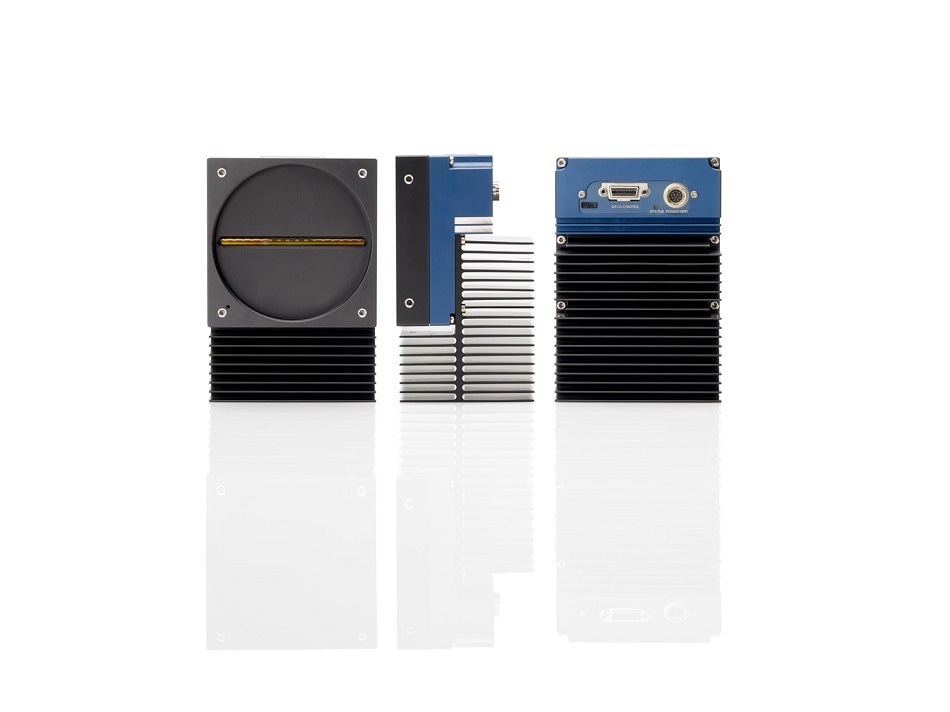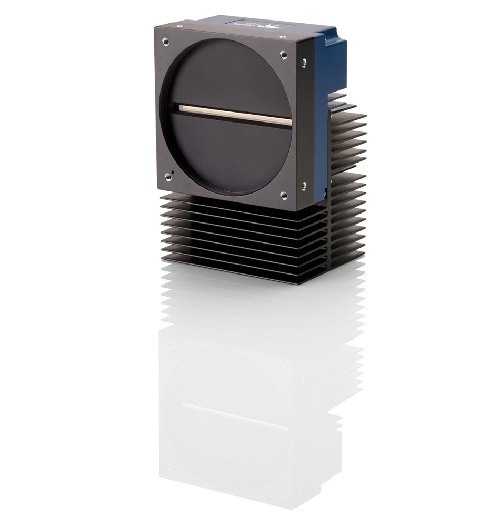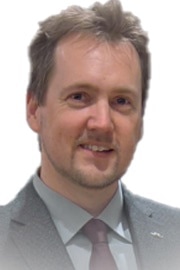
AZoOptics talks to Matthias Sonder from Teledyne DALSA about how hperspectral image sensors are used for remote sensing applications such as environmental observation, defense and security and other earth observation applications.
Can you give a brief overview of Teledyne DALSA and what sets you apart from other members of your industry?
Teledyne DALSA is part of the Teledyne Imaging group of leading-edge technology companies aligned under the Teledyne umbrella. Individually, each company offers best-in-class solutions. Together, they combine and leverage each other’s strengths to provide the deepest, widest imaging and related technology portfolio in the world.
Can you please explain to our readers the basic principles of hyperspectral imaging?
In hyperspectral imaging, the incoming light signal is divided into bands that can span as little as a mere 2nm, the more sensitive the sensor, the greater its ability to produce useful information. Hyperspectral technology can also involve designing highly selective systems that allow users to capture only the data they need as opposed to processing terabytes of real-time image data. One key attribute of hyperspectral imaging is that it enables the spectral breakdown of the incoming light. Initially gratings or prisms were used as dispersive elements, but with new advancements hyperspectral imaging is now used in a wide variety of applications.
Some of the challenges in hyperspectral imaging are spectra generation, data bandwidth, processing power, lack of user experience, application-relevant data and the limited current market size.

Linea ML from Teledyne DALSA
What application areas created the need for hyperspectral imaging?
For remote sensing applications, hyperspectral imaging detection and identification of minerals, terrestrial vegetation, and man-made materials and backgrounds. Now hyperspectral imaging is used in food sorting, recycling and raw material sorting as well as medical and scientific research.
What commercial impact has hyperspectral imaging had?
Hyperspectral imaging reveals many details not available in the RGB spectral bands, typically seen by humans and imaging cameras. Resolving any spectrum (visible, NIR, SWIR, etc.) into a high number of narrow bands will always reveal new information on a range of inspection tasks.
Which industries is Teledyne DALSA using hyperspectral imaging to create solutions for?
Our hyperspectral image sensors are used for remote sensing applications such as environmental observation, defense and security and other earth observation applications. New technologies can address medical, microscopy and cell biology applications, as well as food and material sorting, recycling and various forms of pathology applications.
Can you give an example of this?
Teledyne DALSA has been developing special, customized hyperspectral image sensors for earth observation tasks for many years now. These devices typically have specific bands, important to the information content in these scenarios. Today, traditional machine vision markets are starting to employ HSI solutions to solve even more complex inspection challenges, such as sorting debris from seeds and nuts and classifying clear plastics or monitoring fruit ripeness. In addition, precision agriculture applications are emerging to improve yield and reduce water or treatment consumption.

Linea ML from Teledyne DALSA
What sets Teledyne DALSA apart from any other competitor when it comes to the use of hyperspectral imaging technology?
Our machine vision background, combined with our technological research and company-wide capabilities allows us to take HSI solutions to new heights, increasing robustness, reliability, speed and applicability. These capabilities enable us to offer affordable solutions for a wide range of applications.
What’s next for Teledyne DALSA.?
Our Linea ML camera is now available in RGB-NIR, and we will continue to develop a broad range of products for spectral applications.
About Matthias Sonder
Matthias Sonder leads the Advanced Development Team at Teledyne DALSA. His areas of expertise in the electrical and electronic manufacturing industry include Product Development, Research and Development, Semiconductors and Physics and Engineering. He holds a MS in Physics from the University of Ulm, Germany.

Disclaimer: The views expressed here are those of the interviewee and do not necessarily represent the views of AZoM.com Limited (T/A) AZoNetwork, the owner and operator of this website. This disclaimer forms part of the Terms and Conditions of use of this website.